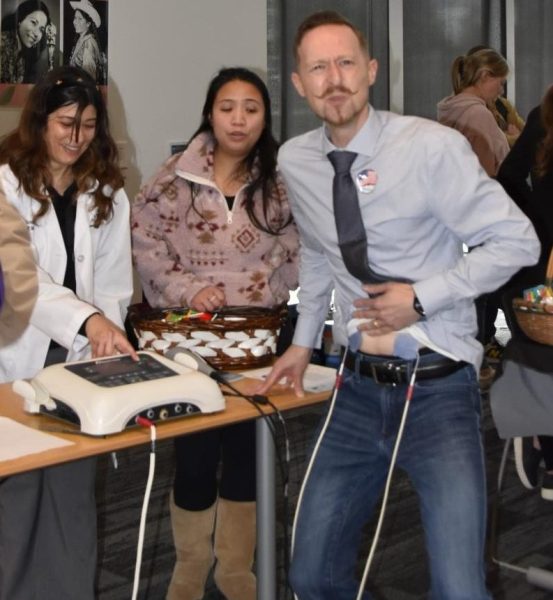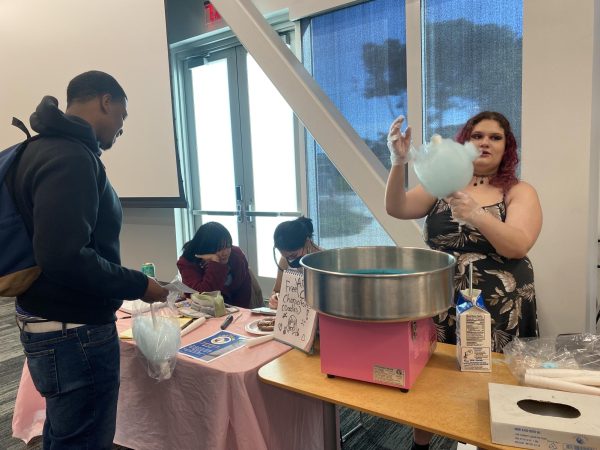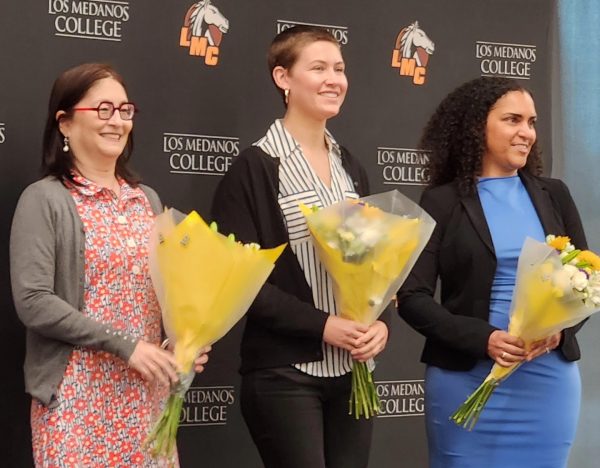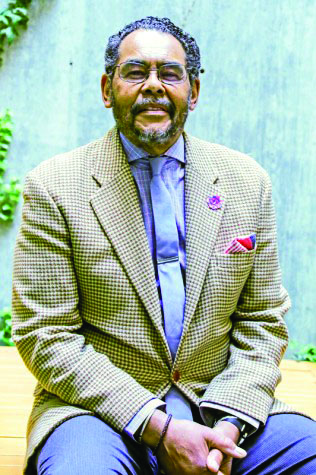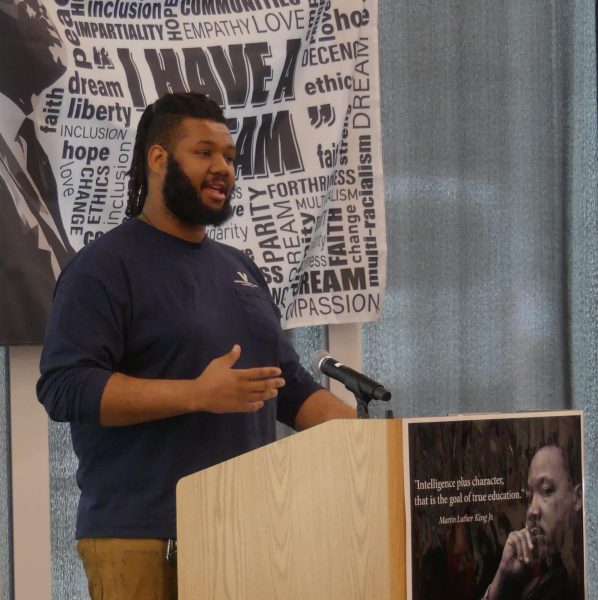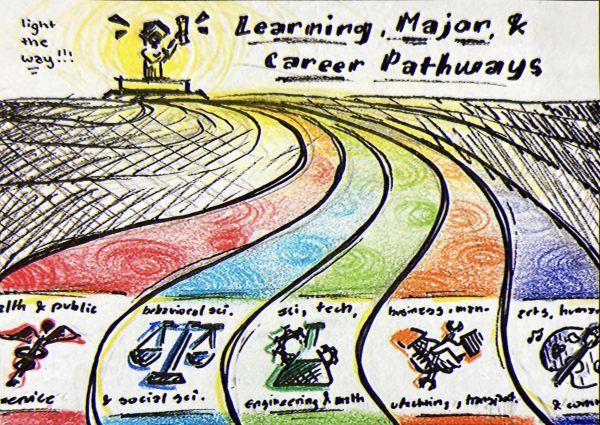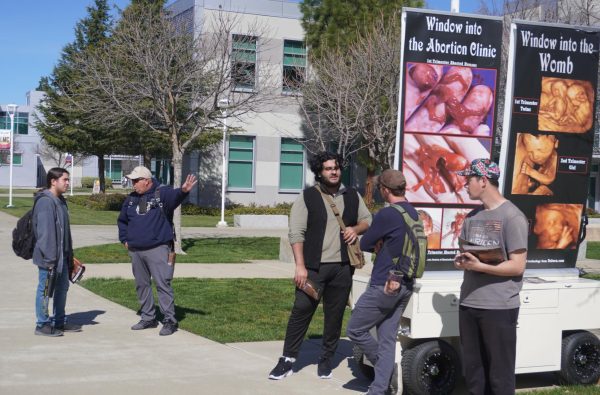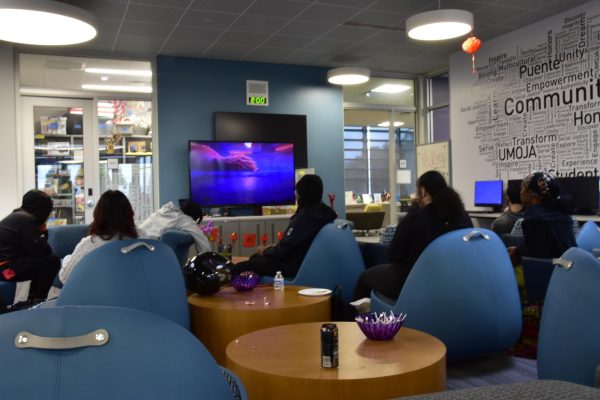LMC adds to history of diversity
Culture clashes — social justice movements and their reactionary opposition — have long been a feature in American discourse, from the issue of abolition to today’s Black Lives Matter movement.
Los Medanos College’s English Instructor Jeff Matthews has been hard at work creating curriculum for an LGBT Studies program that would fall under a new Social Justice Studies umbrella, which could come to include African American or Chicano Studies.
“There are now several courses that offer a BA in [LGBT Studies],” said Matthews. “We have an Intro to LGBT Studies course that I’ve taught for a couple semesters and an LGBT literature course, but this will be an AA, so someone can major in it and it will transfer to a CSU or UC.”
Ethnic Studies courses have a history dating back to the ‘60s on American college campuses, borne from the white-centric focus of history and cultural classes in college curriculum.
In addition to offering new perspectives on American culture, a 2012 University of Arizona study found high schools offering Mexican-American Studies saw improved graduation rates, grades and college enrollment. Though they were becoming popular around the time of its opening, LMC originally veered away from the idea of separate classes.
“Based on the turmoil of the 1960s and early ’70s, a lot of colleges were going to ethnic studies and women’s studies courses,” said former LMC President and current Professor Richard Livingston. “[Then-president] Jack Carhart felt like what was needed instead was for all students to be exposed to different ethnic groups and to women’s issues.”
Carhart’s idea was an “infusion” curriculum, where things like black history or Chicano history would be included into general education classes. This style of infusion curriculum would have students choose a topic and do a presentation on women’s history in an English class, for example.
This lasted for about 25 years, Livingston explained, until questions arose about whether students were getting enough exposure to other cultures through the infusion model. Eventually multicultural classes were developed and later a general ed requirement was added, requiring students to take an Ethnic Studies course.
“Now, students are going to get some of that in a general education course,” said Livingston, referring to curriculum guidelines that require some form of multicultural elements in GE classes. “If they’re interested in going more in-depth, then they can obviously take a black history class or a women’s history class.”
Some say that the single course requirement leaves something to be desired when it comes to creating a student who is well versed in issues of race, ethnicity or gender.
“I think that continuing to separate our history implies that it’s not as important. I think it minimizes our experiences,” said Professor Iris Archuleta, who teaches Issues Facing African-Americans. “Our history is so intermingled, it isn’t productive to keep implying that we are so different and our experiences so unique that we have to keep them separate.”
One reason Carhart wanted an infusion model was he feared Ethnic Studies classes would be attended mainly by students of that background. Archuleta reports her class, though diverse, is nearly half black, much higher than the approximate 15 percent population share at LMC.
“I think there are some systematic issues that primarily make the history of African-Americans seem distant or strange,” said Dr. James Noel, LMC English professor. “We have to be conscious of culture and hierarchies that are a part of our culture and sewn into society’s fabric.”
Noel teaches Umoja English courses, which center on black American culture and history. He said integrating more comprehensive multicultural lessons across the board would help students examine cultural stereotypes, as well as any preconceptions and prejudices they hold.
“Because you’re a certain race, you’re going to wear Uggs? Give me a break,” he said, laughing.
Though there is text in the course curriculum that requires “diverse perspectives,” the language can be vague.
“It’s open-ended,” said Professor Alex Sterling. “In [English] 221, the one I’m most familiar with, it doesn’t require any particular perspectives. It does require you to do controversial contemporary issues, and for you to consider diverse perspectives,” meaning something like immigration might be considered, but not necessarily Chicano history.
“It would depend on what essays you assign and what you give the students to read,” he said.
Professor Jo Folino, who teaches a course called Multicultural Perspectives Within Theatre, told the Experience she loves to expose students to new cultures and ideas.
“There’s something really inspiring about standing in front of a class, opening doors,” said Folino. “Most of my students come out feeling they shifted their perspective.”
Folino explained understanding other people and beliefs can help bridge some of the rifts in American society.
“Somebody saying all the problems are so-and-so’s fault break down pretty quickly.”
The results in Folino’s classes mirror Carhart’s vision for LMC students.
“Jack’s idea was that a well-educated person should be exposed to certain core content and issues in society,” said Livingston. “He saw education as not just preparing you for transfer or getting a good job, but also having a societal impact, so you’re trying to produce good voters, good parents and so forth.”
The addition of an LGBT Studies degree, and the other Social Justice Studies degrees that will follow, isn’t quite what Carhart envisioned when LMC was founded, but it represents the evolution of an institution.
“In a way, it is weird to have segregated courses,” said Matthews. “It’s really a two-pronged approach. So far, LMC’s been doing a really good job of the one prong, which is infusing multicultural ideas and issues of diversity and such into all of our classes, which is a great thing.”
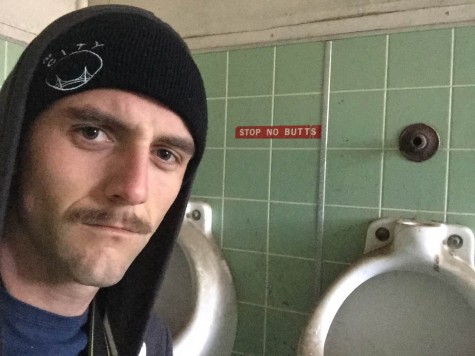
I graduated from Rio Vista High School in 2010 and goofed around for a couple years before registering at LMC in spring of 2013. I continued goofing around...


